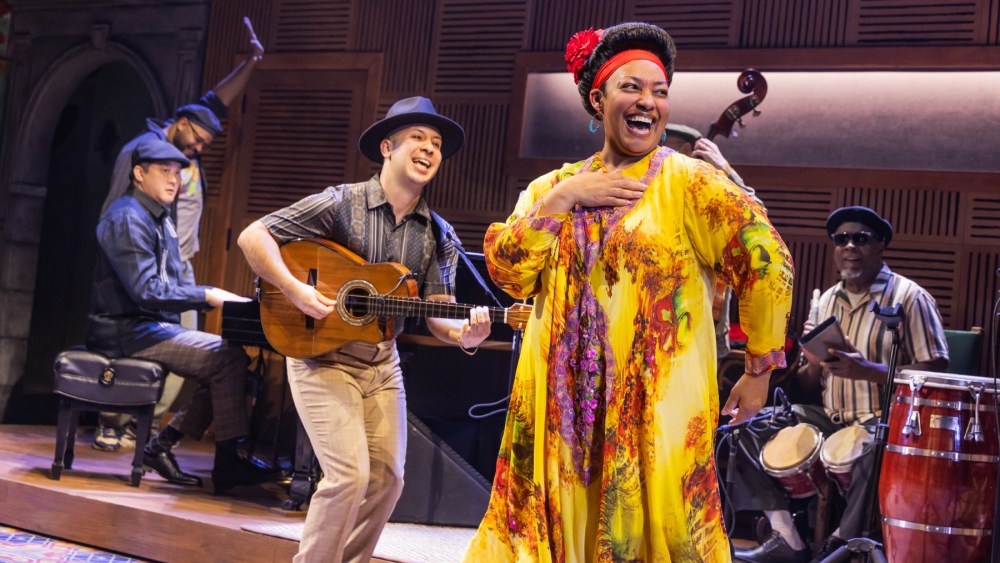Buena Vista Social Club: A Celebration of Cuban Musical Heritage on Broadway
The musical adaptation of “Buena Vista Social Club” immerses spectators in a vibrant blend of music, dance, and emotional storytelling, reflecting the essence of Cuban culture. Originally a gathering place for locals in Havana during the 1950s, the club’s legacy has evolved into a Grammy-winning album, a critically acclaimed film, and now, a dynamic Broadway production.
Inspiration and Creative Vision
This Broadway show, featuring a book by Marco Ramirez, is directed by Saheem Ali and draws from Wim Wenders’ renowned 1999 documentary, which highlighted the creation of the “Buena Vista Social Club” album. The narrative artfully navigates between a 1990s recording studio in Havana and the bustling streets of the city just before the revolutionary events of 1959.
Plot Overview
The story centers on Juan de Marcos, portrayed by Justin Cunningham, a young record producer and musicology student seeking to revive the musical history of Cuba with its forgotten veteran artists. He expresses, “Some of what follows is true, and some of it only feels true.” This framing sets the tone for a tale that weaves historical authenticity with poignant emotional reflections.
Character Highlights
The ensemble cast includes memorable characters such as Ibrahim, a busboy turned singer (played by Mel Seme and Wesley Wray), Compay, a gifted guitar-singer (Julio Monge and Da’von T. Moody), and pianist Ruben (Jainardo Batista Sterling and Leonardo Reyna). A pivotal character is the illustrious Omara, portrayed by Natalie Vetetia Belson, who grapples with the ghosts of her past and her reluctance to revisit a storied musical legacy after the loss of her sister, Haydee.
Musical Elements and Emotional Themes
The musical integrates rich themes of nostalgia, romance, and loss, effectively resonating with audiences through its heartfelt melodies and stirring performances. Although the lyrics are presented in Spanish, their emotional weight transcends language barriers, allowing listeners to connect with the narrative on a profound level.
Production Evolution
Since its initial run at the Atlantic Theatre in 2023, this Broadway adaptation has gained clarity and focus, removing unnecessary subplots while retaining its commentary on race, class, and capitalism. The staging is enhanced by a talented band, whose live performances infuse the show with poly-rhythmic percussion and vibrant brass sounds, reminiscent of Cuba’s musical vibrancy.
Visual and Artistic Elements
The atmospheric set design, crafted by Arnulfo Maldonado, effectively captures the intimacy of the original club while accommodating the grandiosity of Broadway. Dede Ayite’s colorful costumes and Tyler Micoleau’s evocative lighting all contribute to creating a warm, inviting ambiance that draws audiences into the world of the “Buena Vista Social Club.”
A Shared Cultural Experience
As the show culminates in a gripping finale, the spotlight turns towards the band, symbolizing their role in rediscovering and sharing the rich heritage of Cuban music. Juan’s declaration, “A sound like this? It tends to travel,” resonates with the promise of the performance, inviting audiences to embrace the universal journey of music and culture as it continues to spread across borders and generations.
The “Buena Vista Social Club” stands as a testament to the enduring power of music to connect and evoke feeling, showcasing the treasure trove of emotions that define not only Cuba’s artistic landscape but also the shared human experience.

